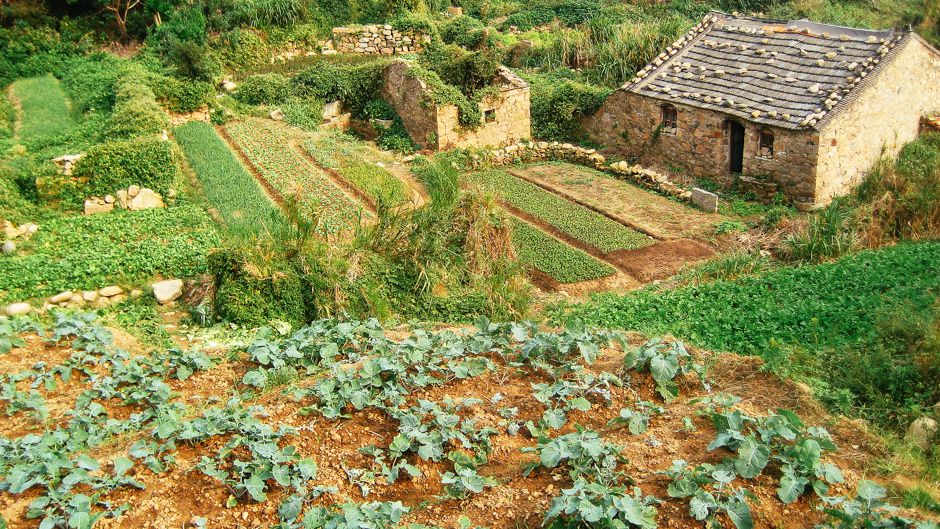A recent article in China Dialogue discusses the importance of conserving China’s agricultural plant biodiversity for future food security.
Maintaining crop genetic diversity is a vital aspect of biodiversity in China, and around the world – hence the importance of looking after “germplasm” in China. Agricultural biological diversity (agrobiodiversity), is a small component of biodiversity, and presents two levels: genetic resources for food and agriculture, and the provision of ecological services. All the components contribute to sustain the key functions of agro-ecosystems.
Germplasm means living genetic resources, such as seeds or tissues, maintained for plant or animal breeding, preservation and other research purposes. Limited maize germplasm, for example, has been a bottleneck hampering the growth of China’s maize industry. It can be expanded either through using local seeds or imports. The maize landraces of southwestern China are an important source of maize germplasm, thanks to their resistance to drought, cold and poor soil. The partnership between plant breeders and local farmers isn’t just important locally – it is one small part of the foundation of China’s food security.

In particular, important for conserving agrobiodiversity is the protection of landraces.
A landrace is a domesticated, regional ecotype; a locally adapted, traditional variety of a domesticated species of animal or plant that has developed over time, through adaptation to its natural and cultural environment of agriculture and pastoralism, and due to isolation from other populations of the species. Specimens of a landrace tend to be relatively genetically uniform, but are more diverse than members of a standardized or formal breed. The “race “in this word refers to the taxonomic definition of race in biology, not the ethnographic sense of the word.
Increasing adoption of and reliance upon modern, purposefully selected plant strains, considered improved – “scientifically bred to be uniform and stable” – has led to a reduction in biodiversity. The majority of the genetic diversity of domesticated species lies in landraces and other traditionally used varieties, a “reservoir of genetic resources”.
The China Dialogue article points out that “for decades, government policy has been promoting high-yield hybrid crops. There are now more commercial varieties of maize available but the number of local varieties has plummeted. An ongoing national survey of China’s crop resources found the country has over 20,000 cultivars to choose from, up from 2,400 in 1956. But 70% of landraces have been lost – down from 10,000 to 3,000. The problem with maize epitomises the general situation of China’s agrobiodiversity.”
“This issue is not limited to China. Globally, landraces have been abandoned in favour of high-yield alternatives.”The UN Food and Agriculture Organization (FAO) has “estimated that 75% of global crop diversity has been lost since the start of the last century.”
“High-yield crops have increased output, but the associated loss of landraces has eroded the diversity available to crop-breeders. This is set to become a major food security threat. Crop breeding is not sustainable without the diversity of its genetic resources – the farmers’ seeds”, the article observed.
Chinese scientists, farmers and NGOs are working to preserve landraces and have set up community seed banks across China. “Thanks to efforts over the past two decades from NGOs, local governments and numerous individuals, there are now 40 banks spread across 14 provinces. These collect, conserve and make use of local landraces, and exchange seeds among themselves.”

Read the full article – find out more about how Chinese farmers and agricultural scientists are “conserving seeds through planting”.
SOURCE: China Dialogue, October 15, 2021, by Kong Lingyu, Jiang Yifan
https://chinadialogue.net/en/food/has-the-spring-sprung-for-chinas-crop-biodiversity/